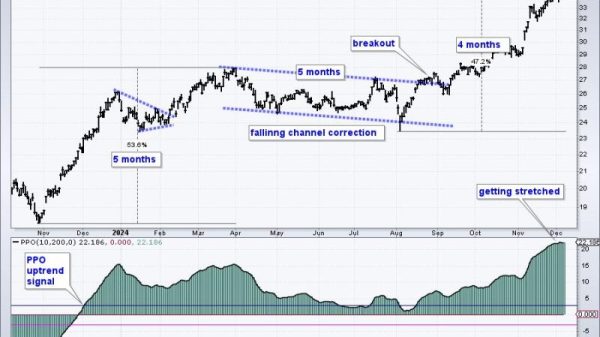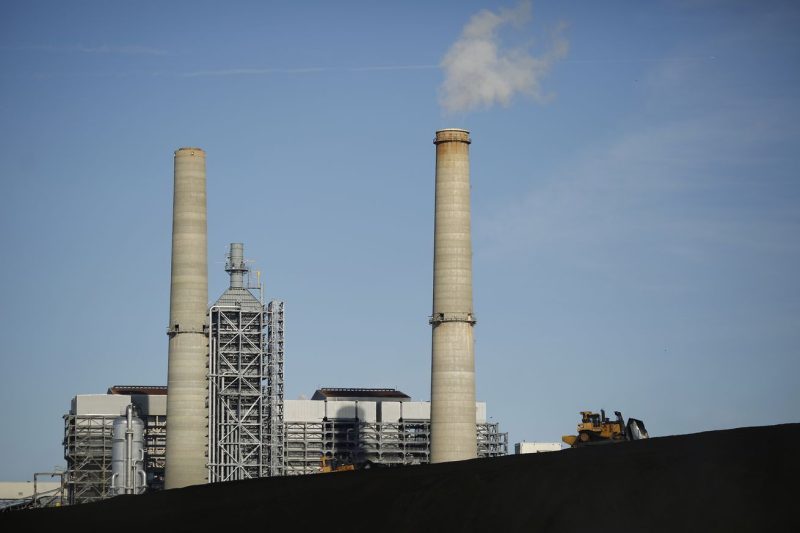The recent unveiling of the Environmental Protection Agency’s (EPA) new power plant pollution rule has sparked significant debate and concern among environmentalists and industry stakeholders alike. While designed to regulate emissions of greenhouse gases from power plants, a closer look at the rule reveals a glaring oversight—a notable exemption for biogenic CO2 emissions.
The EPA’s new rule aims to control carbon dioxide emissions from power plants by establishing specific guidelines and targets for reducing greenhouse gas pollution. However, biogenic CO2 emissions, produced by the combustion or decomposition of organic materials such as wood and crop residues, are conspicuously absent from the regulatory framework.
This exemption for biogenic CO2 emissions is a significant loophole that could undermine the overall effectiveness of the rule. While proponents argue that these emissions are part of the natural carbon cycle and should be treated differently from fossil fuel emissions, critics contend that failing to account for biogenic CO2 emissions could result in substantial environmental harm and hinder efforts to combat climate change.
One of the key concerns raised by environmental advocates is the potential for increased levels of carbon pollution resulting from the unchecked burning of biomass for energy production. Biomass, such as wood pellets, is often touted as a renewable energy source; however, its combustion still releases CO2 into the atmosphere. Without adequate regulation of these emissions, there is a risk that power plants may exploit this loophole to increase their reliance on biomass, potentially offsetting progress made in reducing emissions from traditional fossil fuels.
Moreover, the exemption for biogenic CO2 emissions sets a concerning precedent that could be exploited by other industries seeking to evade regulatory scrutiny. If power plants are allowed to sidestep accountability for a significant source of carbon pollution, it raises questions about the overall effectiveness of the EPA’s regulatory approach and its ability to achieve meaningful reductions in greenhouse gas emissions.
In light of these concerns, many environmentalists and advocates are calling for the EPA to revisit and revise the new power plant pollution rule to address the loophole regarding biogenic CO2 emissions. They argue that a comprehensive and science-based regulatory framework is essential to effectively curb carbon pollution and protect the environment.
In conclusion, while the EPA’s new power plant pollution rule represents a step in the right direction towards addressing climate change, the exemption for biogenic CO2 emissions poses a significant challenge to its overall effectiveness. To truly make meaningful progress in reducing greenhouse gas emissions, it is imperative that regulatory frameworks are comprehensive, inclusive, and reflective of the latest scientific understanding. Failure to address this oversight may have far-reaching consequences for the environment and our collective efforts to combat climate change.


























